Online Lumion Course | Raytracing & Advanced Techniques
Dive deep into the heart of Lumion's revolutionary raytracing feature and understand its transformative impact on architectural rendering capabilities. This isn't just any "online Lumion course"; it's an immersive journey into mastering advanced techniques to achieve photo-realism that echoes life itself, pushing the boundaries of what's possible with real-time rendering technology while maintaining efficient workflows that serve professional practice requirements.
- 3+ hours of premium content
- 8 step-by-step video lessons
- Future updates included
About this course
Our curriculum is meticulously rigorous and systematically enlightening, ensuring you grasp both the conceptual foundations and the practical intricacies of Lumion's advanced raytracing capabilities. As a distinctive component of this course, learners receive the unique opportunity to study an iconic piece of architecture—The Pulitzer Arts Foundation in St Louis by the legendary Tadao Ando—while mastering cutting-edge rendering technology that defines contemporary architectural visualization excellence.
This advanced Lumion course develops your expertise in cutting-edge raytracing technology through systematic exploration of Tadao Ando's iconic Pulitzer Arts Foundation. You'll master Lumion's advanced raytracing capabilities that deliver photorealistic architectural visualization quality that rivals traditional offline rendering while maintaining real-time workflow advantages for design iteration and client communication.
The curriculum emphasizes professional-level techniques including ruthless self-critique methodologies, advanced material creation workflows, and sophisticated lighting design that achieves unprecedented realism in architectural presentations. You'll develop expertise in leveraging 4K texture resources, custom asset integration, and professional photography principles that elevate architectural visualization to commercial photography standards.
Advanced workflow techniques include seamless integration with external asset libraries, professional post-production pipelines with Adobe Photoshop, and optimization strategies that balance raytracing quality with production efficiency. The course covers both technical rendering mastery and artistic composition skills that distinguish high-end architectural visualization work.
These advanced raytracing skills position you at the forefront of architectural visualization technology where photorealistic quality and efficient workflows can determine competitive advantage. The techniques learned apply directly to luxury residential projects, high-end commercial developments, and competition submissions where exceptional visual quality and professional presentation standards are essential for success.
What will you learn?
Loading lesson previews...
This course will turn you into:
An advanced raytracing specialist
Master Lumion's cutting-edge raytracing technology that delivers photorealistic architectural visualization quality rivaling traditional offline rendering while maintaining real-time workflow advantages. Learn sophisticated lighting design principles, advanced material creation workflows, and professional photography techniques that achieve unprecedented realism in architectural presentations suitable for high-end commercial clients and competitive markets.
A professional quality coordinator
Develop expertise in ruthless self-critique methodologies, advanced material sourcing strategies, and comprehensive scene optimization that elevates architectural visualization to commercial photography standards. Learn to leverage 4K texture resources, custom asset integration, and meticulous attention to detail that distinguishes professional visualization work while maintaining workflow efficiency and client satisfaction throughout project delivery.
A post-production integration professional
Gain skills in seamless integration with external asset libraries, professional post-production pipelines with Adobe Photoshop, and optimization strategies that balance raytracing quality with production efficiency. Learn advanced workflow techniques that ensure consistent visual excellence across diverse project types while meeting demanding client expectations and professional presentation standards in competitive architectural markets.
Syllabus
We systematically ease you into the course by comprehensively introducing what you're going to learn, exploring the subject building—The Pulitzer Arts Foundation in St Louis by Tadao Ando—and strategically making a start on the sophisticated Lumion scene development. This foundational lesson establishes the framework for advanced raytracing workflows while introducing the architectural excellence that guides our learning journey.
In this comprehensive lesson, you'll systematically learn about the extensive rendering effects within Lumion to achieve superior levels of realism in your architectural CGIs that rival professional photography. Additionally, we systematically explain the essential art of self-critique to consistently analyze your own work, ensuring continuous improvement in output quality throughout the duration of design and archviz projects while maintaining professional standards.
An often-overlooked yet critical aspect of achieving photorealism in your render scenes involves adopting a rigorous approach to your architectural modeling accuracy and detail. We systematically guide you through a meticulous process ensuring every single detail is captured with precision to achieve photo-realism in your Lumion renders that distinguishes professional visualization work in competitive markets.
Using our preferred high-quality texture resource, poliigon.com, we systematically adopt a rigorous approach to replacing all standard materials within Lumion with sophisticated 4K resolution replacements that achieve unprecedented material authenticity. When you complete this comprehensive lesson, the scene achieves remarkable realism even within the Lumion 2023 editor viewport, demonstrating the power of advanced material workflows.
A critical aspect of achieving exceptional realism in your architectural scenes involves meticulously perfecting the lighting design using both the Lumion sun system and real skies for authentic environmental illumination. We then advance into professional photography techniques including strategic fill lights positioned behind the camera and within hidden parts of the model to showcase every intricate detail of each render composition.
For any close-up shot requiring exceptional detail, you need access to the absolute best in high-polygon assets that maintain quality under scrutiny. Fortunately, Lumion can import FBX files, enabling us to import virtually any type of sophisticated geometry since most 3D modeling programs can export to FBX format. In this lesson, we download a model from 3D Sky and edit/export using Autodesk 3D Studio Max to integrate an incredibly detailed Barcelona Chair into our scene.
As designers, we often want to capture comprehensive views with our camera selections, but some of the most powerful and engaging images we can create are called 'vignettes'. These are intimate close-up shots of scenes that strategically leave the viewer curious about what exists beyond and behind the camera frame. When combined with depth of field effects, these shots create exceptional levels of visual realism and emotional engagement that distinguish professional architectural visualization work.
We systematically conclude the course by making final comprehensive refinements to the architectural model, material assignments, and render settings before initiating rendering with Lumion's revolutionary Raytracing technology at maximum quality settings. After the shots are rendered, we advance into Adobe Photoshop using the Camera Raw Filter and cinematic presets to professionally finish our renders, preparing them for client delivery and professional presentation that meets contemporary visualization standards.
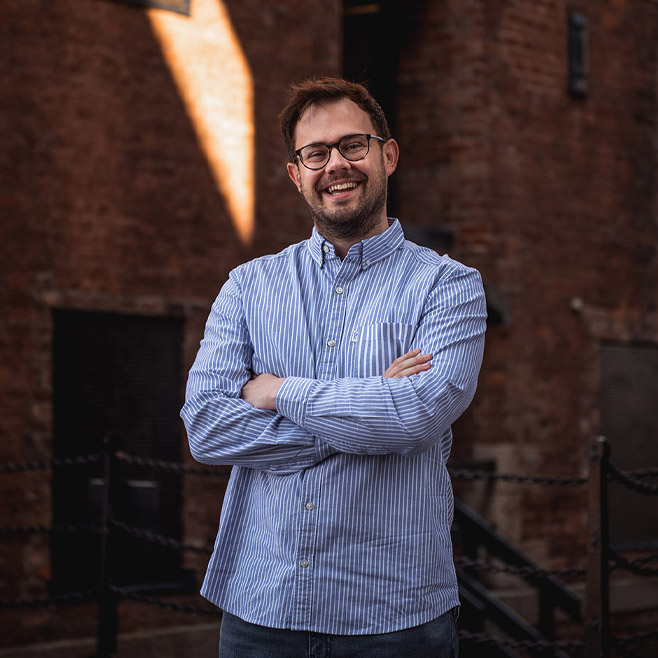
Meet your instructor
Adam Morgan
Architectural Director
ThreeForm Architects
Hi, I'm Adam. I am the founder and director of ThreeForm Architects, a team of architects and artists in Liverpool, UK. The office is experienced in a wide range of building types and procurement routes, successfully winning projects with contract values of up to £20 million. We work for a broad spectrum of public and private sector clients across the country.
What our members are saying
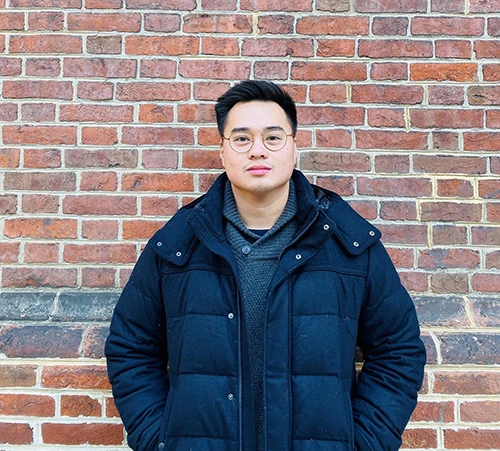
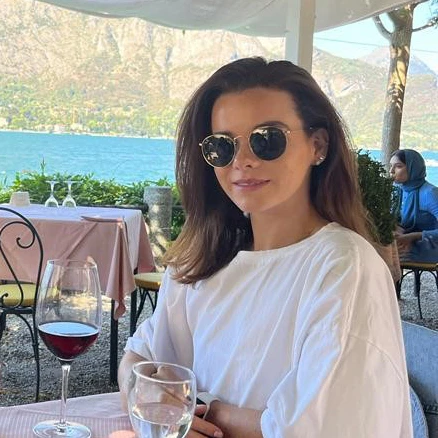
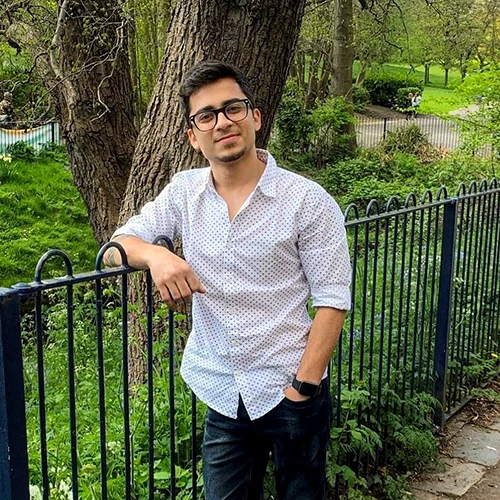

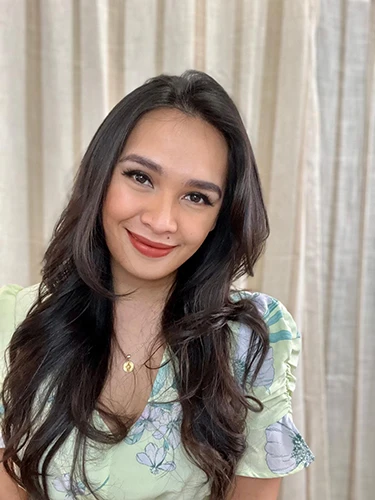
Frequently Asked Questions
ArchAdemia Support
How can we help?